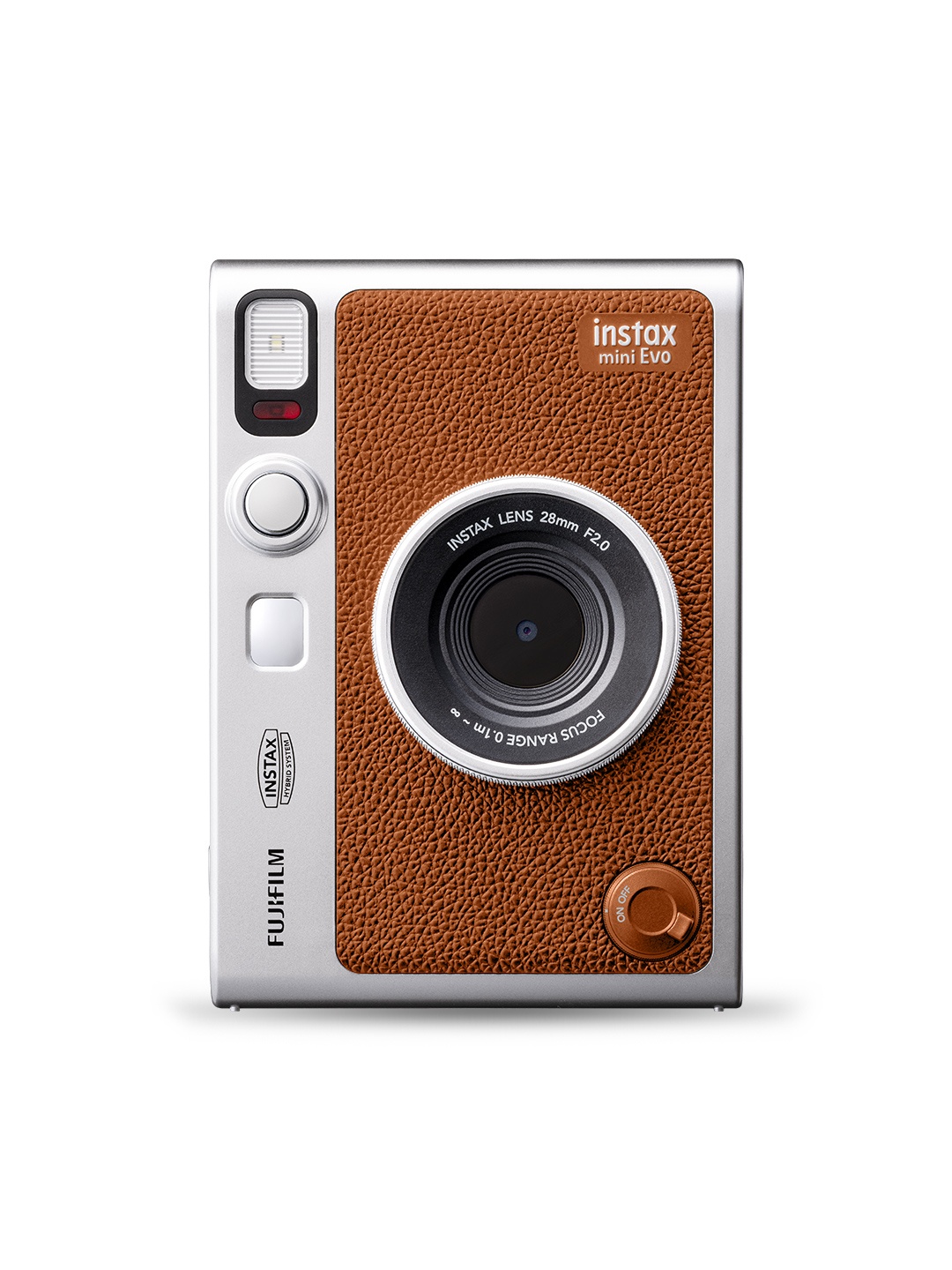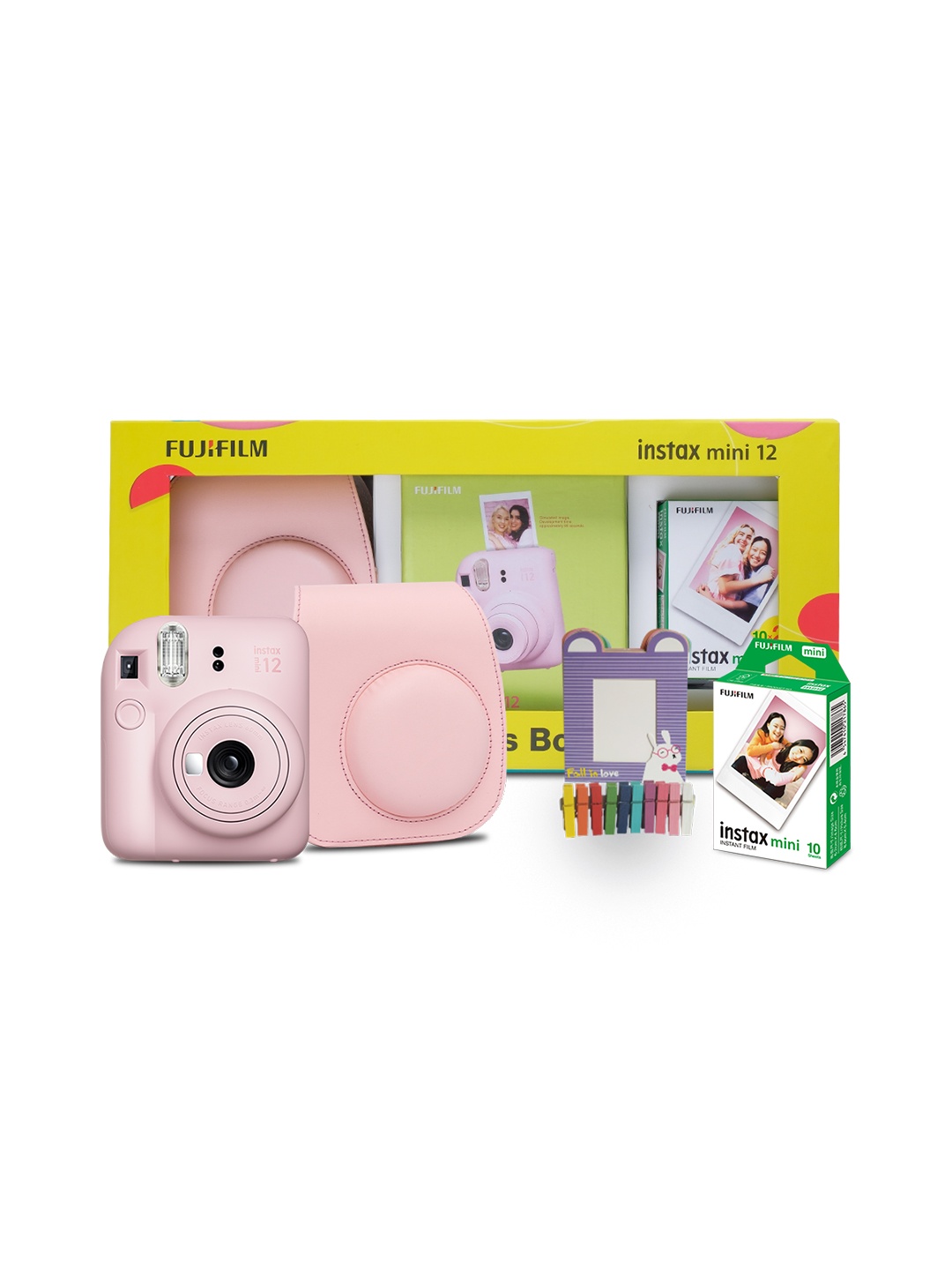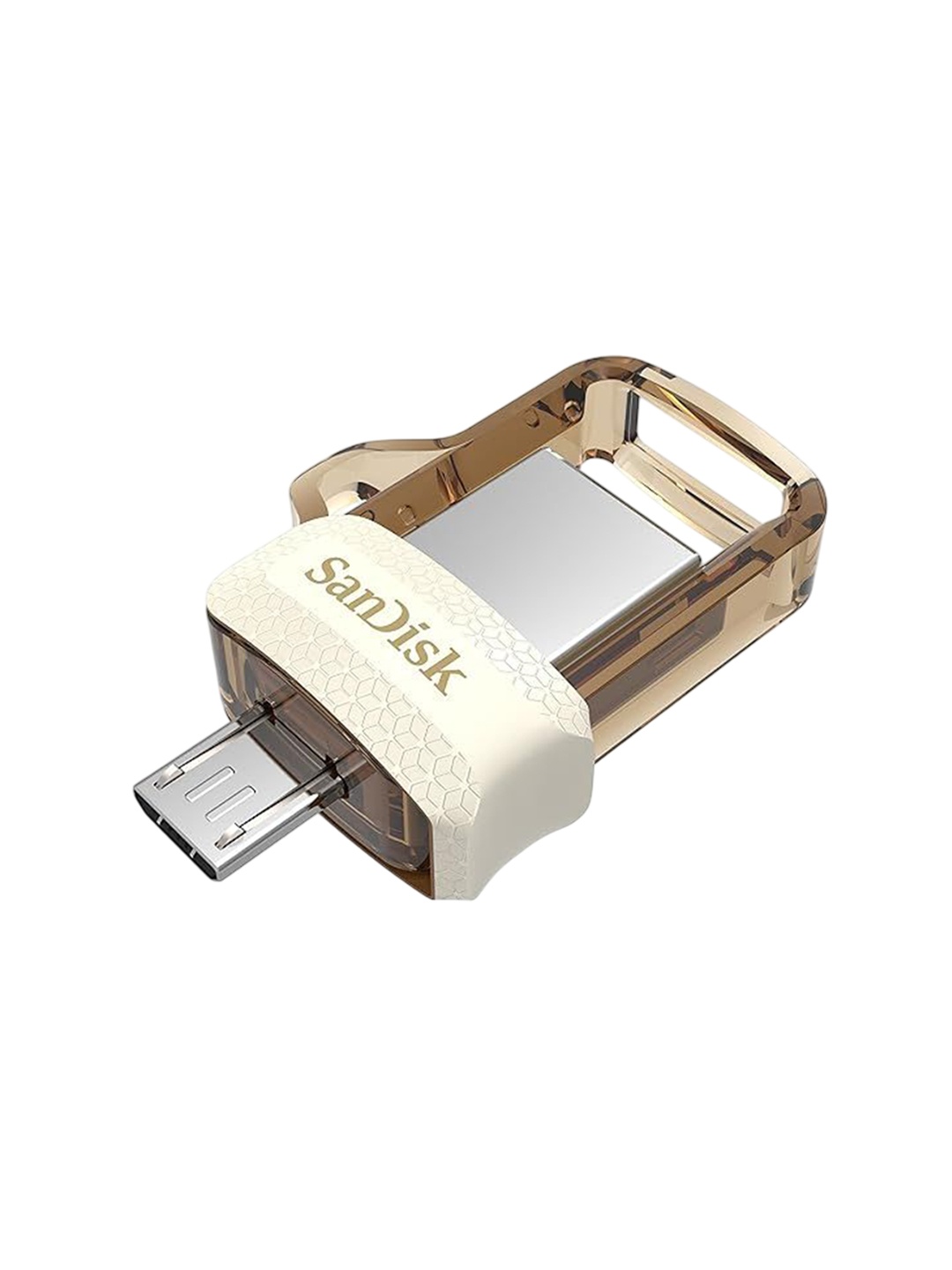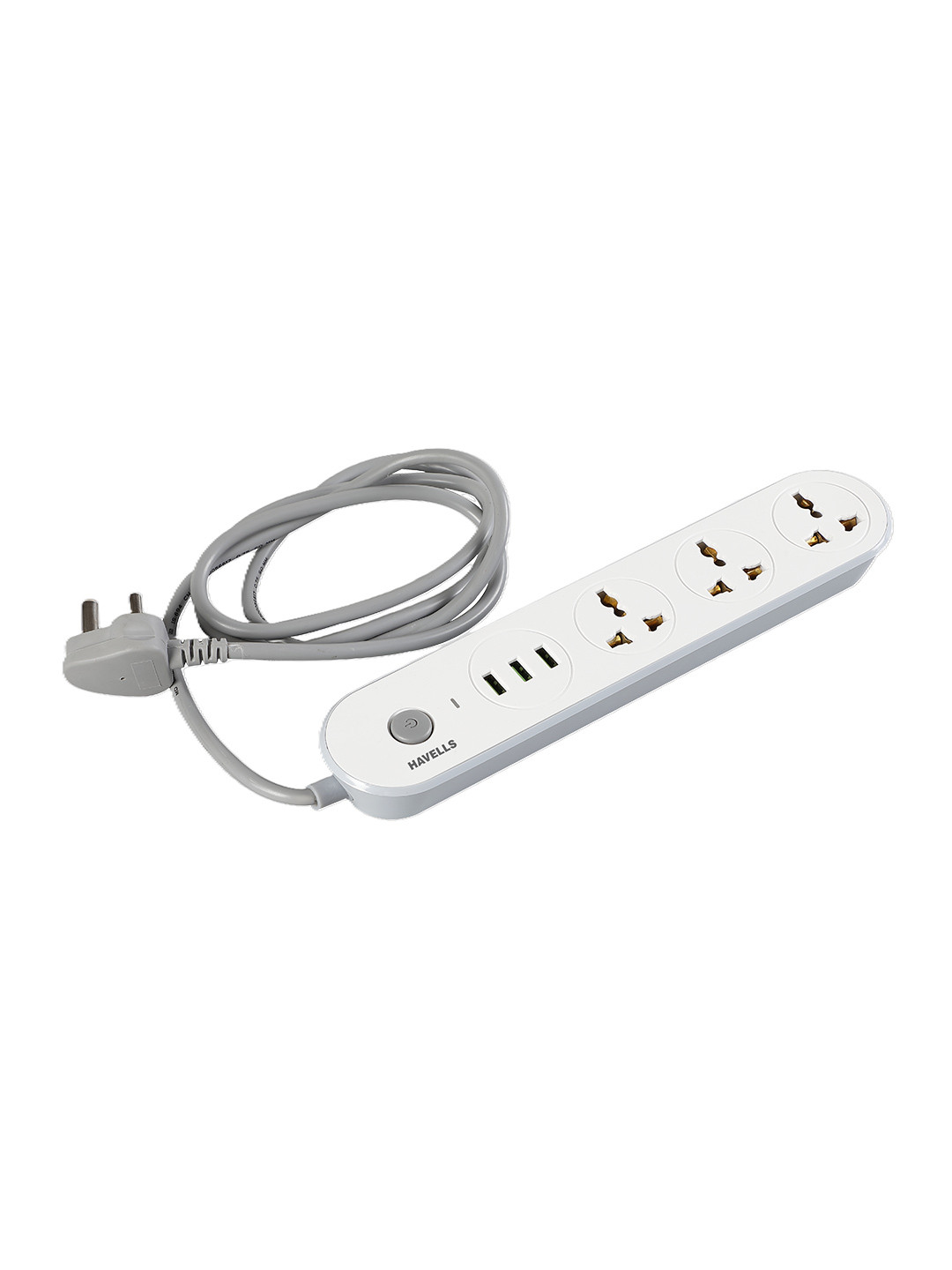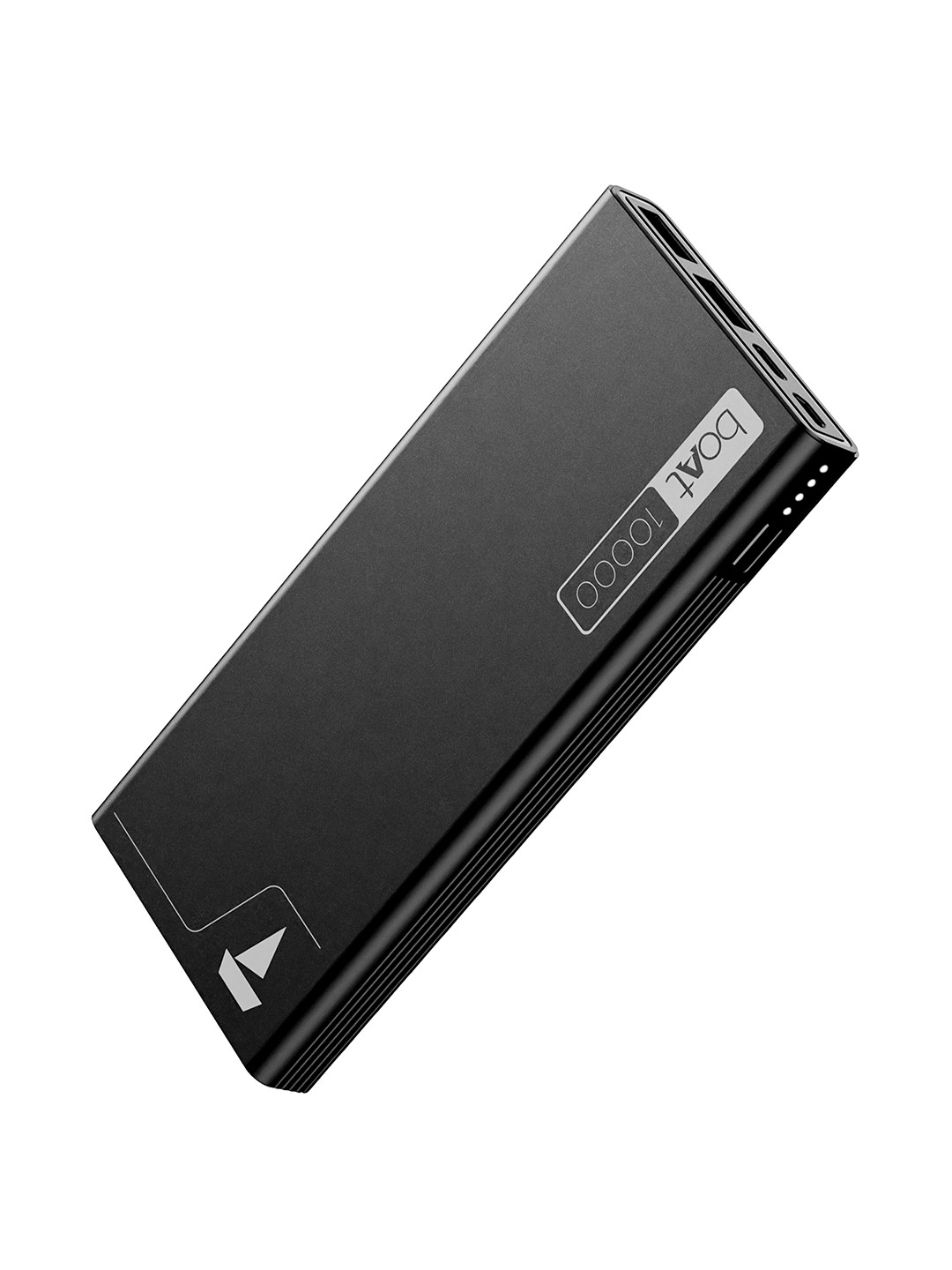Why Your Sewing Machine Keeps Jamming: And the Settings You Might Be Ignoring
Sewing machines are the quiet companions of creativity, but when they start jamming, they can test even the calmest of tempers. Discover the subtle settings that often go unnoticed, and how a few adjustments can get your sewing rhythm back in sync. And the next time you are in the market for a sewing machine, do check our list of sewing machines on Flipkart from Singer, Usha To RED GEM.

Top 8 Reasons Your Sewing Machine Keeps Jamming
There's a special kind of frustration that comes with a sewing machine that keeps on jamming. One moment, everything is running smoothly, stitches lining up like soldiers on a parade, and the next, clunk, whirr, jam. The needle stops, the thread snarls, and patience wears thin. It's easy to blame the machine or assume something's broken, but more often than not, it's a small setting or overlooked detail causing the chaos. Jamming isn't just inconvenient, it can be the end of a project, a ruined fabric, or a lost afternoon of peace and productivity. Whether you're a weekend hobbyist or a seasoned stitcher, the truth is many jams stem from tiny things we ignore. Settings slightly off, maintenance forgotten, or habits that slipped in unnoticed.
Let's unravel this mystery together. Below are eight surprisingly common reasons your machine might be jamming, along with the subtle settings you might be skipping over. With a bit of awareness and a few tweaks, sewing can be as soothing as it's meant to be. And also, do check out the top sewing machines available on Flipkart from Singer, Usha to RED GEM.
Also Read: Top 10 Flipkart Deals On Electric Sewing Machines: Singer, USHA, Akiara, RED GEM And More
1. Incorrect Thread Tension: The Silent Saboteur
Thread tension is a lot like seasoning in cooking, too much or too little, and the result is far from satisfying. When thread tension is off, the upper and lower threads don't lock neatly in the fabric, which can lead to snarls, loose loops, or tight puckering, and eventually, jamming.
What makes tension tricky is that it's not always obvious. A slightly too-tight upper tension can pull the lower thread up, causing the machine to jam underneath. On the flip side, if the upper tension is too loose, loops gather and tangle. Many assume it's the bobbin at fault, but often, it's that small numbered dial on top doing the mischief.
Always test tension on a scrap piece before jumping into your main project. Watch the stitches, are they balanced? Do they look even on both sides of the fabric? A perfectly set tension should feel almost invisible, quietly doing its job while you focus on the bigger picture. Adjust gently and gradually, and don't be afraid to experiment.
2. Improper Bobbin Insertion: A Misstep With Big Consequences
It seems simple, drop in the bobbin, close the case, and off you go. But bobbins are picky creatures. A wrong placement, an upside-down winding, or the thread not slotted into the tension spring properly, and suddenly, your machine sounds like it's chewing fabric instead of stitching it.
Top-loading machines often have a clear diagram to follow, but in the rush of creativity, it's easy to get it wrong. Front-loading bobbins can be even fussier, needing to click just right into place. If your machine keeps jamming at the start or the bobbin thread is in knots, this could well be the culprit.
Take a moment to double-check the direction your bobbin spins when pulling the thread, most machines require it to unwind counter-clockwise. And always wind your bobbins evenly and with the right thread tension. A loosely wound or overfilled bobbin can cause chaos under the plate.
3. Using the Wrong Needle for the Fabric: A Recipe for Disaster
Sewing needles aren't one-size-fits-all. Just as you wouldn't wear flip-flops to hike a mountain, you shouldn't use a universal needle on thick denim or delicate chiffon. Yet, many jams come from just that, needle mismatch.
A dull needle or one too thin for heavy fabric can struggle to pierce cleanly, bending or breaking and snagging the thread. The result? Tangled loops, skipped stitches, or worse, the needle jamming entirely in the feed dogs. Conversely, using a needle too thick for a fine fabric can leave noticeable holes and tension issues.
Before you start sewing, match your needle to your fabric type and thread weight. For instance, ballpoint needles are a dream for knits, while sharp microtex needles handle silks with grace. Keep an assortment on hand and change them regularly, needles wear down, and a tired one can wreak havoc on your stitching.
4. Neglecting Regular Cleaning: Dust Bunnies and Thread Bits
Just because it's not visible doesn't mean it's not causing trouble. Inside your machine, beneath the plate, around the bobbin case, dust, lint, and stray thread build up like unwanted houseguests. Over time, this debris interferes with the mechanics, slowing the feed dogs and catching the thread, causing jams that seem to come from nowhere.
A good habit is to give your machine a quick clean after every few projects. Use a small brush (often included with your machine) or a soft makeup brush to reach the nooks. Never blow into the machine; it just drives the lint deeper. And definitely resist the urge to use a hoover attachment unless it's specifically designed for delicate electronics.
Machines love a tidy home. When cleaned regularly, they hum happily and stitch with fewer hiccups. It's like giving your car an oil change, neglecting it, and you'll feel the consequences.
5. Incorrect Presser Foot Pressure: Pushing Too Hard or Not Enough
Presser foot pressure is one of those settings often set and forgotten. But it plays a key role in how your fabric moves through the machine. If the pressure is too high, fabric can bunch up and resist movement, leading to uneven stitches and tension issues. Too low, and the fabric can slip, causing the needle to miss or jam.
This is especially important when switching fabric types. Lightweight fabrics like voile need lighter pressure, while thick quilts demand a firmer grip. Many modern machines let you adjust this setting manually, look for a dial or slider near the top or side.
A simple test is to sew a straight line and watch how the fabric feeds. If it struggles, adjust the pressure slightly and try again. It's a setting easily overlooked, but once mastered, it makes sewing smoother and jams far less likely.
6. Feeding Fabric Too Fast: Speed Isn't Everything
It's tempting, especially when you're on a roll, to push fabric through the machine like it's a race. But sewing machines aren't built for force-feeding. Pushing or pulling fabric can misalign the feed dogs and needle, causing skipped stitches and jams that stop everything in its tracks.
Let the machine do the heavy lifting. The feed dogs underneath the plate are designed to guide the fabric at a consistent pace. If the fabric isn't moving fast enough, adjust the machine's speed or check the presser foot pressure instead of forcing it.
Patience goes a long way here. Sewing is a rhythm, not a sprint. Guiding the fabric gently and letting the machine do its job leads to cleaner stitches and far fewer snarled surprises.
7. Incorrect Threading: One Loop Away From Chaos
Threading the machine seems like the most basic step, but it's also one of the most error-prone. Miss one guide or leave the take-up lever out of the loop, and your machine will remind you, with jamming, skipped stitches, or even broken needles.
Every machine has its quirks, and even seasoned sewists can miss a step. The threading path is crucial because it maintains proper tension and ensures smooth movement of the thread. If it's not in the right place, the thread can catch, stretch, or wrap around the bobbin incorrectly.
When your machine jams, always re-thread from scratch, top and bobbin. It might feel tedious, but it saves more time than poking around blindly for the problem. Take your time, lift the presser foot (to release tension discs), and follow the threading diagram like it's a treasure map.
8. Forgetting To Change Thread Type: Quality And Compatibility Matters
Thread might seem like an afterthought, any spool that matches the fabric colour will do, right? Not quite. Low-quality or incompatible thread can cause no end of problems, from lint buildup to unexpected tension shifts and, yes, jamming.
Old thread is another sneaky villain. Over time, the thread weakens, becoming brittle and prone to snapping mid-stitch. This not only disrupts your flow but can jam the needle or knot up in the bobbin case.
When choosing thread, match it to both your fabric and needle. Cotton threads for natural fabrics, polyester for synthetics, and specialty threads (like silk or embroidery) with the appropriate machine settings. And always use the same thread type in both the top and bobbin, mixing them can throw tension off and lead to snarls.
Singer, Usha To RED GEM, Here Are The Top Products Related To This Article Available On Flipkart
1. RED GEM Composite machine Black Manual Sewing Machine
2. Singer Utsav Composite Manual Sewing Machine
3. USHA CRAFT MASTER DELUX Industrial Manual Sewing Machine
4. akiara 12 Stitch Electric Sewing Machine
5. Rilson MOTARIZED UMBRELLA /TA-1 MODEL SEWING MACHINE WITH WOODEN BASE AND REGULATOR Electric Sewing Machine
6. Mast International 95T-10 Manual Sewing Machine
7. Singer FM 2250 Electric Sewing Machine
8. USHA Allure DLX Electric Sewing Machine
Sewing machines are a marvel, part tool, part partner in creativity. When they jam, it can feel like betrayal. But the truth is, they're only as reliable as the care and attention given to them. Most jams aren't signs of faulty machinery; they're quiet protests from settings ignored or maintenance skipped. Understanding these eight culprits, thread tension, bobbin insertion, needle choice, cleaning routines, presser foot pressure, fabric feeding, threading and thread quality, can transform frustration into flow. Each is a small cog in the bigger machine of seamless sewing.
So next time your needle stalls mid-project, don't reach for the manual in panic. Instead, take a breath, review the basics, and show your machine a little TLC. It's surprising how often a jam is just its way of asking for a bit more attention, and a chance to shine in the spotlight once again. And the next time you are in the market for one, do check our list of sewing machines on Flipkart from Singer, Usha to RED GEM.
Disclaimer: The images used in this article are for illustration purpose only. They may not be an exact representation of the products, categories and brands listed in this article.















